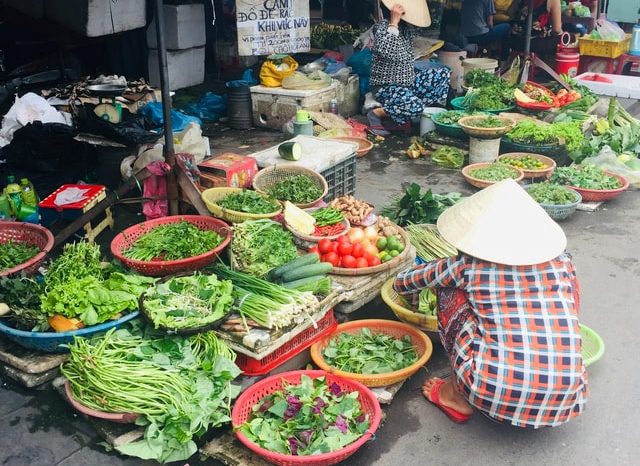East Asia and the Pacific economies largely export their food and agricultural commodities within the region, but imports of these goods are more global in scope, a new report showed.
The report from the Food and Agriculture Organization (FAO) of the United Nations said that unlike most other regions in the world, majority of agricultural exports from East Asia and the Pacific remain within the region. Europe and Central Asia is the only other region that exports most of its agricultural goods within its region as well.
Moreover, it is only East Asia and the Pacific where intra-regional food exports are about the same as its intra-regional exports of agricultural commodities, said The State of Agricultural Commodity Markets, 2020 edition.
For other regions, food is traded more often intra-regionally than agricultural commodities, suggesting that food processing facilities are, in general, located close to the consumers.
In both sectors, food and agriculture, the share of intra-regional exports in the total exports of East Asia decreased over time (1995–2018).
In terms of imports, East Asia tends to source its food and agricultural commodities more globally than intra-regionally, said the report. But over time, the share of intra-regional food and agri imports in the region has been increasing.
For all regions, growth of both intra-regional and inter-regional trade in agricultural and food products trade was much faster in the period 1995–2007 than in 2008–2018, reflecting the general slowdown of growth.
The report mentioned, however, that Vietnam has increased both its agricultural exports and imports since the beginning of this century. Among the food aggregates that exhibited a major increase in exports are meat and fish, and fruit and vegetables. Imports of grains and fruit and vegetables also increased.
Globally, meanwhile, the FAO reported that since 1995, international trade in food and agriculture has more than doubled in real terms but its growth rate has been slower since the 2008 financial crisis.
Developing countries and emerging economies are increasingly participating in global markets, and their exports make up more than one-third of global agri-food trade. Throughout the period 1995–2018 they were in a net exporting position.
They were also found to export more food than they import, pointing to a well-developed and export-orientated processing industry, on average.
On a global scale, the paper found that the larger part of agri-food trade is made up of trade in processed products from the food sector. During the 1995–2018 period, food exports grew faster at an average annual rate of 3.4%, while those of agricultural commodities increased at an average annual rate of 1.9%.









